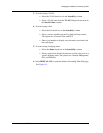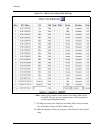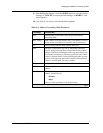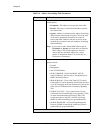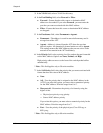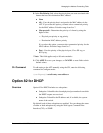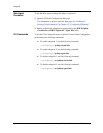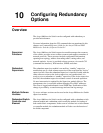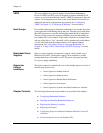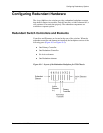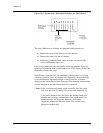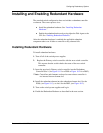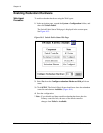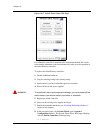
User Guide for the Avaya P580 and P882 Multiservice Switches, v6.1 10-1
10
Configuring Redundancy
Options
Overview
The Avaya Multiservice Switch can be configured with redundancy to
provide fault tolerance.
For more information about the CLI commands that are mentioned in this
chapter, see Command Reference Guide for the Avaya P580 and P882
Multiservice Switches, Software Version 6.1
Supervisor
Functions
The Avaya Multiservice Switch supervisor module manages the resources
of the switch, provides access to these resources and supports a number of
network protocols. These resources include configuration information,
spanning tree topology, address forwarding tables, routing tables, and
network statistics. Access is provided to these resources via console CLI
(command line interface), Web interface, SNMP, and telnet.
Redundant
Supervisors
The redundant supervisor module is an auxiliary “standby” supervisor
module that acts as a fault-tolerant supervisor in the event that the “Active”
supervisor fails. Once the redundant supervisor is installed, loaded with the
same software version as the Active supervisor, and synchronized, it is
ready to act as a redundant or “standby” supervisor. If the Active supervisor
does fail, the redundant supervisor assumes control of network operation.
No user intervention is required for the Supervisor module failover. The
management view is accessible without changing IP or MAC addresses.
The event is logged and indicated via an SNMP trap. Notification of this
change is provided by a console message and an event log message.
Multiple Software
Versions
Up to two software versions can be saved on the Avaya Multiservice Switch
supervisor module.
Redundant Switch
Controller and
Element
The Avaya Multiservice Switch can be configured with a redundant switch
element module and a redundant switch controller module, for backup of
both switch fabric components. In the event of a failure in a switch element
or controller module, the redundant module will take over the function of
the failed component.



